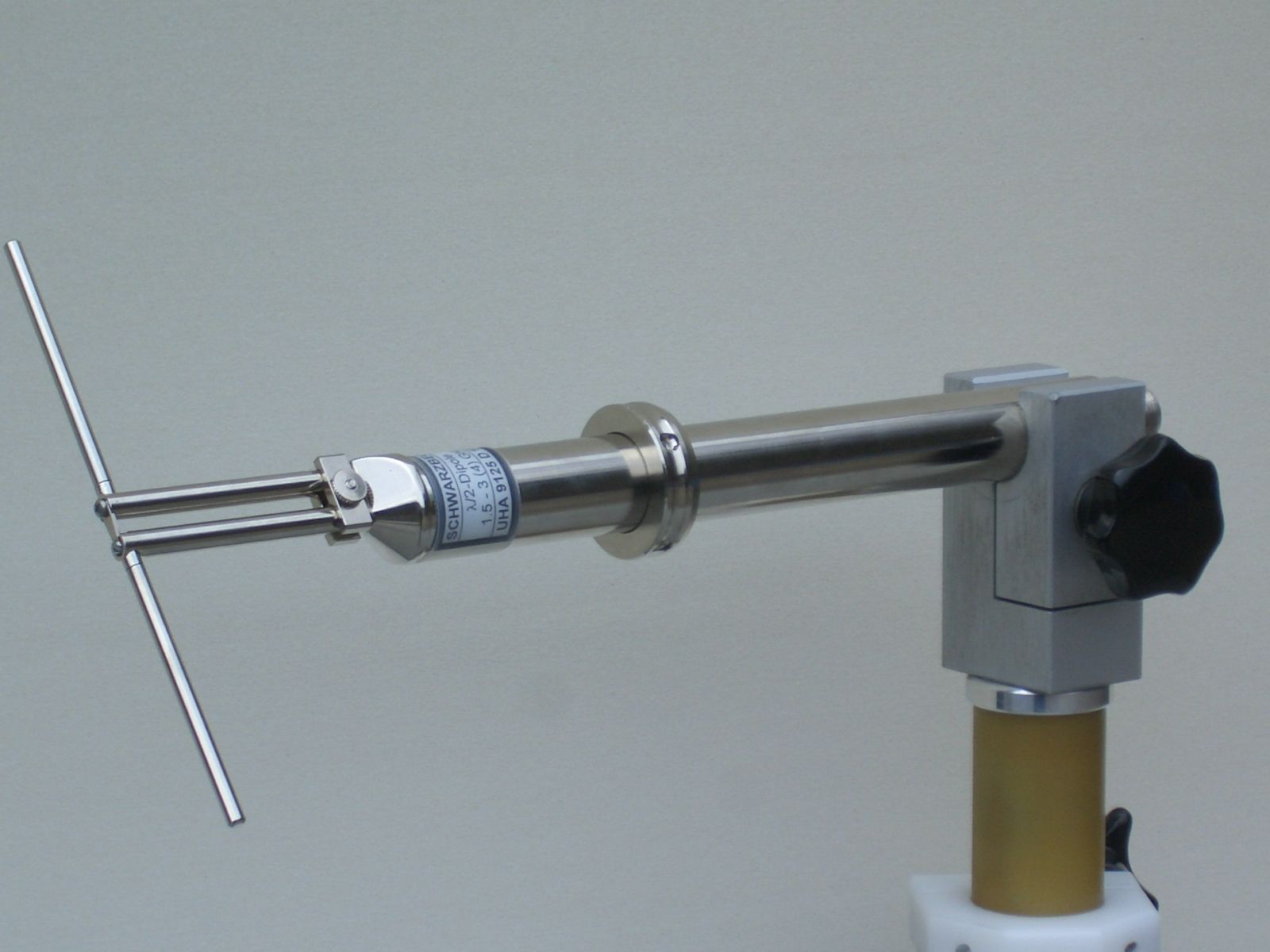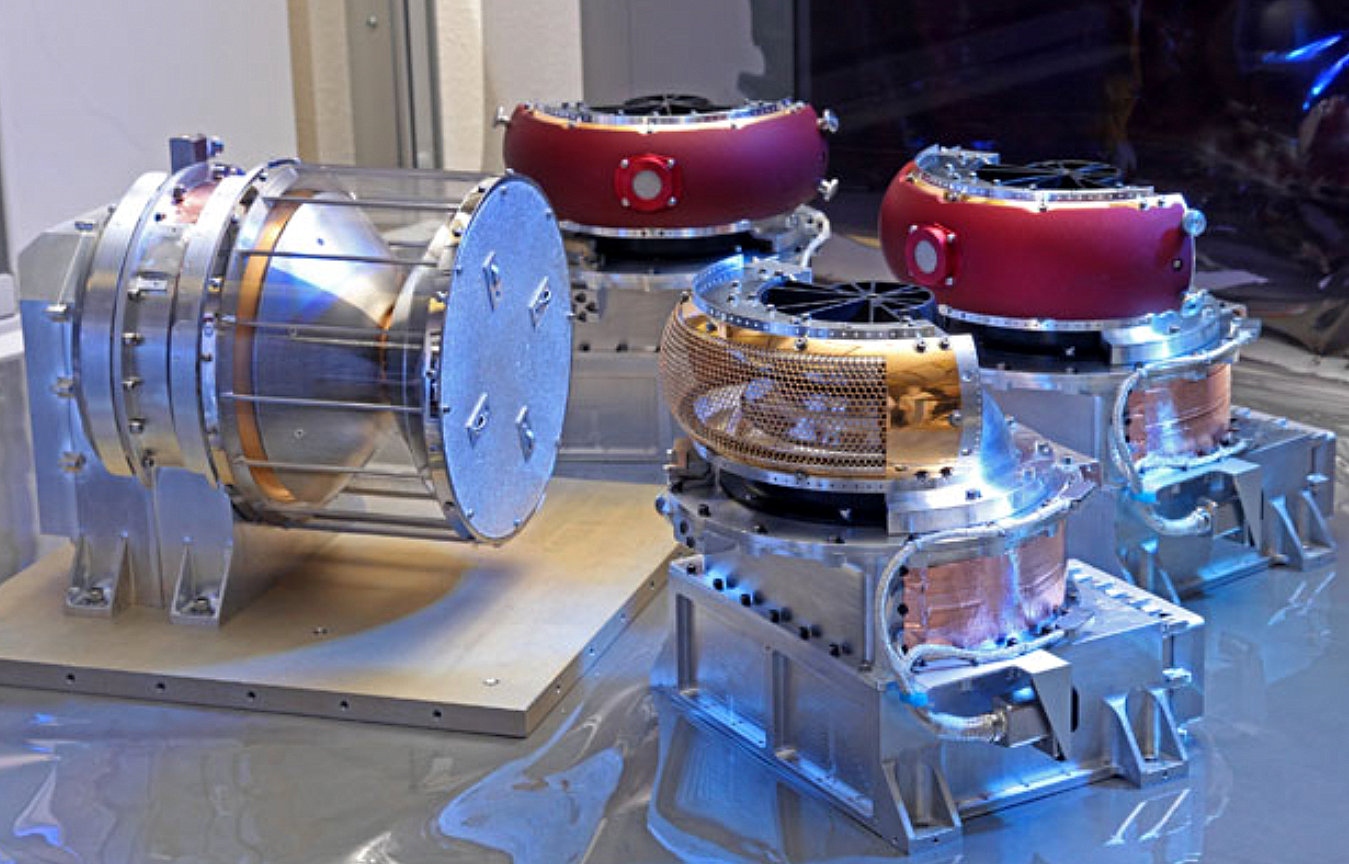|
Waves (Juno)
Waves is an experiment on the ''Juno'' spacecraft to study radio and plasma waves. It is part of collection of various types of instruments and experiments on the spacecraft; Waves is oriented towards understanding fields and particles in Jupiter's magnetosphere. Waves is on board the unmanned ''Juno'' spacecraft, which was launched in 2011 and arrived at Jupiter in the summer of 2016. The major focus of study for Waves is Jupiter's magnetosphere, which if could be seen from Earth would be about twice the size of a full moon. It has a tear drop shape, and that tail extends away from the Sun by at least 5 AU (Earth-Sun distances). The Waves instrument is designed to help understand the interaction between Jupiter's atmosphere, its magnetic field, its magnetosphere, and to understand Jupiter's auroras. It is designed to detect radio frequencies from 50 Hz up to 40,000,000 Hz (40 MHz), and magnetic fields from 50 Hz to 20,000 Hz (20 kHz). It has ... [...More Info...] [...Related Items...] OR: [Wikipedia] [Google] [Baidu] |
Juno Radiation Vault
Juno Radiation Vault is a compartment inside the ''Juno'' spacecraft that houses much of the probe's electronics and computers, and is intended to offer increased protection of radiation to the contents as the spacecraft endures the radiation environment at planet Jupiter. The Juno Radiation Vault is roughly a cube, with walls made of 1 cm thick (1/3 of an inch) titanium metal, and each side having an area of about a square meter (10 square feet). The vault weighs about 200 kg (500 lbs). Inside the vault are the main command and data handling and power control boxes, along with 20 other electronic boxes. The vault should reduce the radiation exposure by about 800 times, as the spacecraft is exposed to an anticipated 20 million rads of radiation It does not stop all radiation, but significantly reduces it in order to limit damage to the spacecraft's electronics. Summary The vault has been compared being like "armor" or like a "tank", and the electronics within, l ... [...More Info...] [...Related Items...] OR: [Wikipedia] [Google] [Baidu] |
Dipole Antenna
In radio and telecommunications a dipole antenna or doublet is the simplest and most widely used class of antenna. The dipole is any one of a class of antennas producing a radiation pattern approximating that of an elementary electric dipole with a radiating structure supporting a line current so energized that the current has only one node at each end. A dipole antenna commonly consists of two identical conductive elements such as metal wires or rods. The driving current from the transmitter is applied, or for receiving antennas the output signal to the receiver is taken, between the two halves of the antenna. Each side of the feedline to the transmitter or receiver is connected to one of the conductors. This contrasts with a monopole antenna, which consists of a single rod or conductor with one side of the feedline connected to it, and the other side connected to some type of ground. A common example of a dipole is the "rabbit ears" television antenna found on broadcast te ... [...More Info...] [...Related Items...] OR: [Wikipedia] [Google] [Baidu] |
University Of Iowa
The University of Iowa (UI, U of I, UIowa, or simply Iowa) is a public research university in Iowa City, Iowa, United States. Founded in 1847, it is the oldest and largest university in the state. The University of Iowa is organized into 12 colleges offering more than 200 areas of study and seven professional degrees. On an urban 1,880-acre campus on the banks of the Iowa River, the University of Iowa is classified among "R1: Doctoral Universities – Very high research activity". In fiscal year 2021, research expenditures at Iowa totaled $818 million. The university is best known for its programs in health care, law, and the fine arts, with programs ranking among the top 25 nationally in those areas. The university was the original developer of the Master of Fine Arts degree and it operates the Iowa Writers' Workshop, which has produced 17 of the university's 46 Pulitzer Prize winners. Iowa is a member of the Association of American Universities, the Universities Research A ... [...More Info...] [...Related Items...] OR: [Wikipedia] [Google] [Baidu] |
Voyager Program
The Voyager program is an American scientific program that employs two robotic interstellar probes, '' Voyager 1'' and '' Voyager 2''. They were launched in 1977 to take advantage of a favorable alignment of Jupiter and Saturn, to fly near them while collecting data for transmission back to Earth. After launch the decision was taken to send ''Voyager 2'' near Uranus and Neptune to collect data for transmission back to Earth. As of 2022, the Voyagers are still in operation past the outer boundary of the heliosphere in interstellar space. They collect and transmit useful data to Earth. , ''Voyager 1'' was moving with a velocity of , or 17 km/s, relative to the Sun, and was from the Sun reaching a distance of from Earth as of February 10, 2022. On 25 August 2012, data from ''Voyager 1'' indicated that it had entered interstellar space. , ''Voyager 2'' was moving with a velocity of , or 15 km/s, relative to the Sun, and was from the Sun reaching a distance of from E ... [...More Info...] [...Related Items...] OR: [Wikipedia] [Google] [Baidu] |
X-ray
X-rays (or rarely, ''X-radiation'') are a form of high-energy electromagnetic radiation. In many languages, it is referred to as Röntgen radiation, after the German scientist Wilhelm Conrad Röntgen, who discovered it in 1895 and named it ''X-radiation'' to signify an unknown type of radiation.Novelline, Robert (1997). ''Squire's Fundamentals of Radiology''. Harvard University Press. 5th edition. . X-ray wavelengths are shorter than those of ultraviolet rays and longer than those of gamma rays. There is no universally accepted, strict definition of the bounds of the X-ray band. Roughly, X-rays have a wavelength ranging from 10 nanometers to 10 picometers, corresponding to frequencies in the range of 30 petahertz to 30 exahertz ( to ) and photon energies in the range of 100 eV to 100 keV, respectively. X-rays can penetrate many solid substances such as construction materials and living tissue, so X-ray radiography is widely used in medi ... [...More Info...] [...Related Items...] OR: [Wikipedia] [Google] [Baidu] |
Einstein Observatory
Einstein Observatory (HEAO-2) was the first fully imaging X-ray telescope put into space and the second of NASA's three High Energy Astrophysical Observatories. Named HEAO B before launch, the observatory's name was changed to honor Albert Einstein upon its successfully attaining orbit. Project conception and design The High Energy Astronomy Observatory (HEAO) program originated in the late 1960's within the Astronomy Missions Board at NASA, which recommended the launch of a series of satellite observatories dedicated to high-energy astronomy. In 1970, NASA requested proposals for experiments to fly on these observatories, and a team organized by Riccardo Giacconi, Herbert Gursky, George W. Clark, Elihu Boldt, and Robert Novick responded in October 1970 with a proposal for an x-ray telescope. NASA approved four missions in the HEAO program, with the x-ray telescope planned to be the third mission. One of the three missions of the HEAO program was cancelled in February 1973 ... [...More Info...] [...Related Items...] OR: [Wikipedia] [Google] [Baidu] |
Chandra X-ray Observatory
The Chandra X-ray Observatory (CXO), previously known as the Advanced X-ray Astrophysics Facility (AXAF), is a Flagship-class space telescope launched aboard the during STS-93 by NASA on July 23, 1999. Chandra is sensitive to X-ray sources 100 times fainter than any previous X-ray telescope, enabled by the high angular resolution of its mirrors. Since the Earth's atmosphere absorbs the vast majority of X-rays, they are not detectable from Earth-based telescopes; therefore space-based telescopes are required to make these observations. Chandra is an Earth satellite in a 64-hour orbit, and its mission is ongoing . Chandra is one of the Great Observatories, along with the Hubble Space Telescope, Compton Gamma Ray Observatory (1991–2000), and the Spitzer Space Telescope (2003–2020). The telescope is named after the Nobel Prize-winning Indian-American astrophysicist Subrahmanyan Chandrasekhar. Its mission is similar to that of ESA's XMM-Newton spacecraft, also launched ... [...More Info...] [...Related Items...] OR: [Wikipedia] [Google] [Baidu] |
Io (moon)
Io (), or Jupiter I, is the innermost and third-largest of the four Galilean moons of the planet Jupiter. Slightly larger than Earth’s moon, Io is the fourth-largest moon in the Solar System, has the highest density of any moon, the strongest surface gravity of any moon, and the lowest amount of water (by atomic ratio) of any known astronomical object in the Solar System. It was discovered in 1610 by Galileo Galilei and was named after the mythological character Io, a priestess of Hera who became one of Zeus's lovers. With over 400 active volcanoes, Io is the most geologically active object in the Solar System. This extreme geologic activity is the result of tidal heating from friction generated within Io's interior as it is pulled between Jupiter and the other Galilean moons— Europa, Ganymede and Callisto. Several volcanoes produce plumes of sulfur and sulfur dioxide that climb as high as above the surface. Io's surface is also dotted with more than 100 mountains ... [...More Info...] [...Related Items...] OR: [Wikipedia] [Google] [Baidu] |
JEDI
Jedi (), Jedi Knights, or collectively the Jedi Order are the main heroic protagonists of many works of the '' Star Wars'' franchise. Working symbiotically alongside the Old Galactic Republic, and later supporting the Rebel Alliance, the Jedi Order is depicted as a monastic, academic, military, and meritocratic peacekeeping organization whose origin dates back thousands of years before the events of the first film released in the franchise. The fictional organization has inspired a real-world new religious movement and parody religion: Jediism. Within the fictional ''Star Wars'' galaxy, the Jedi are powerful guardians of order and justice, who, through intuition, rigorous training, and intensive self-discipline, are able to wield a supernatural power known as the Force, thus achieving for example the ability to move objects with the mind, perform incredible feats of strength, and connect to certain people's thoughts. As ''Star Wars'' creator George Lucas explains ... [...More Info...] [...Related Items...] OR: [Wikipedia] [Google] [Baidu] |
Magnetometer (Juno)
Magnetometer (MAG) is an instrument suite on the ''Juno'' orbiter for planet Jupiter. The MAG instrument includes both the Fluxgate Magnetometer (FGM) and Advanced Stellar Compass (ASC) instruments. There two sets of MAG instrument suites, and they are both positioned on the far end of three solar panel array booms. Each MAG instrument suite observes the same swath of Jupiter, and by having two sets of instruments, determining what signal is from the planet and what is from spacecraft is supported. Avoiding signals from the spacecraft is another reason MAG is placed at the end of the solar panel boom, about 10 m (33 feet) and 12 m (39 feet) away from the central body of the ''Juno'' spacecraft. The MAG instrument is designed to detect the magnetic field of Jupiter, which is one of the largest structures in the Solar System. If one could see Jupiter's magnetic field from Earth, it would appear five times larger than the full moon in the sky despite being nearly 1700 times farth ... [...More Info...] [...Related Items...] OR: [Wikipedia] [Google] [Baidu] |
Jovian Auroral Distributions Experiment
Jovian Auroral Distributions Experiment (JADE) is an instrument that detects and measures ions and electrons around the spacecraft. It is a suite of detectors on the ''Juno'' Jupiter orbiter (launched 2011, orbiting Jupiter since 2016). JADE includes JADE-E, JADE-I, and the EBox. JADE-E and JADE-I are sensors that are spread out on the spacecraft, and the EBox is located inside the Juno Radiation Vault. EBox stands for ''Electronics Box''. JADE-E is for detecting electrons from 0.1 to 100 keV, and there are three JADE-E sensors on ''Juno''. JADE-I is for detecting ions from 5 eV to 50 keV. It is designed to return data ''in situ'' on Jupiter's auroral region and magnetospheric plasmas, by observing electrons and ions in this region. It is primarily focused on Jupiter, but it was turned on in January 2016 while still en route to study inter-planetary space (It was several million miles from Jupiter at that time). JADE was built by Southwest Research Institute (SwRI), located in the ... [...More Info...] [...Related Items...] OR: [Wikipedia] [Google] [Baidu] |









